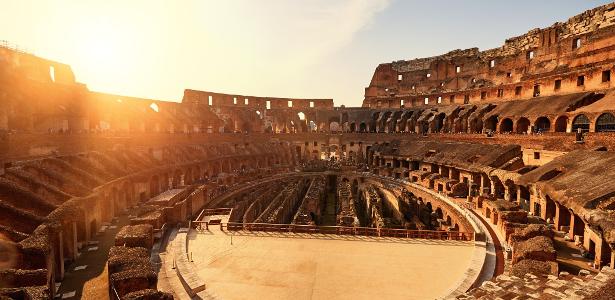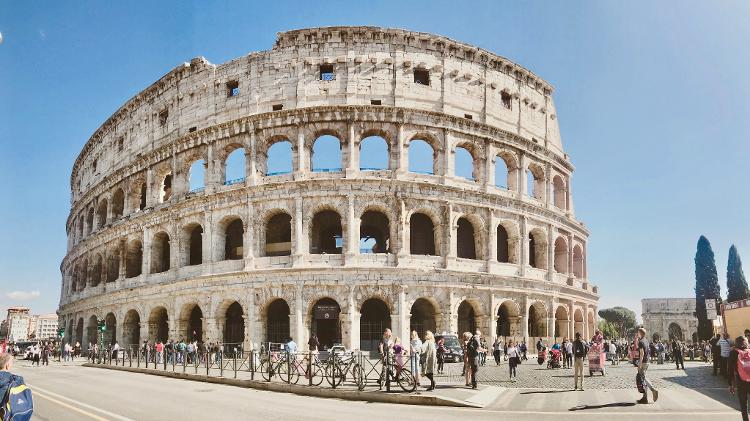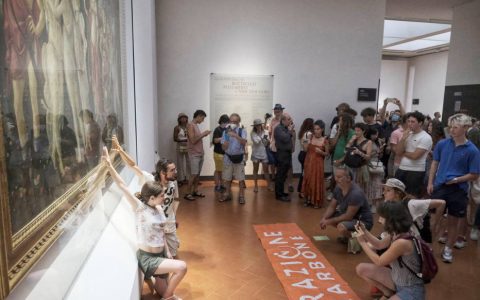
The Italian Ministry of Culture on Sunday unveiled the Roman Amphitheater area of the Colosseum, an ambitious project to rebuild the location where the gladiators had fought, and which would be accessible to visitors from 2023 onwards.
An engineering company in Milan won the bid.
The project will use movable wooden sheets and take advantage of the natural ventilation of the underground passage, which used to house wild animals and slaves at the time of the circus games.
“This is a new step to rebuild an arena, an ambitious project that will help preserve archaeological structures, recover the original image of the Colosseum and its complex natural machine characteristic”, said Dario Franceschini, Minister of Culture .
The goal is that visitors can admire the symbolic monument from the center of the arena, as they did by the end of the 19th century.
It will also be possible to organize large cultural activities, but the authorities do not want to convert the place into a theater.
On 29 July, Minister Franceschini wants to invite ministers to a coliseum dedicated to culture at a G20 meeting.
According to the director of the Colosseum Archaeological Park, Alphonsina Russo, the 3,000 square meter site will be accessible to visitors from 2023 onwards.
Prior to the Kovid-19 epidemic, 25,000 tourists visited the amphitheater in the shape of an ellipse, declared a World Heritage Site by UNESCO on a daily basis.
Reconstruction work for the area will be the subject of a European bid of 15 million euros (just over R $ 98 million).
Russo said work is expected to begin later this year or early 2022.
Engineers reported that the selected project, released on Sunday, would be a light structure that could be completely decomposed and would be covered with an insulating wood.
The blades will be equipped with a rotation system that will allow natural lighting and underground passage ventilation.
Rainwater will be collected for better protection of the ruins and will also be used in the public toilets of the most visited monument in Rome.




